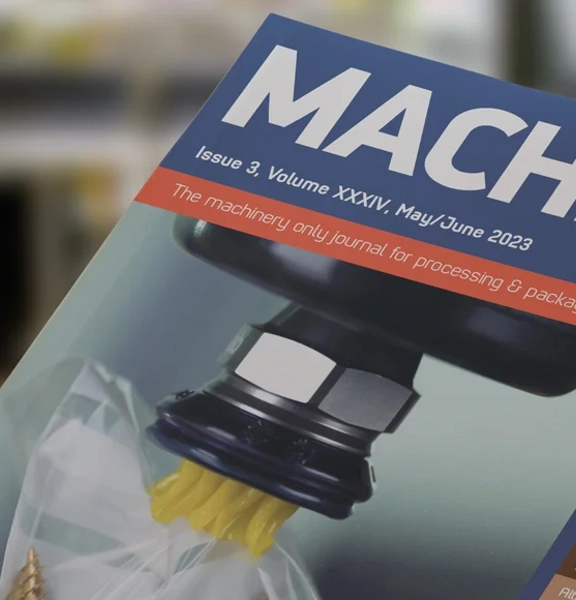Become a member
Take advantage of exclusive member benefits, world class events, networking and specialist support








 Become a member
Become a member 

15 April 2025
Condition monitoring can do more than just help to avert mechanical failure, according to Beckhoff, when applied to aiding positional accuracy and lengthening machine lifespan.
Vibration monitoring has always been a part of industrial maintenance, the company confirms. But for manufacturers relying on servo motors, linear transport systems and high-speed automation, this discipline is about more than simply avoiding mechanical failure. Excessive vibration can interfere with positioning accuracy, reduce machine lifespan and disrupt synchronised motion, software business manager at Beckhoff UK Beth Ragdale explains. These are issues that are particularly important in precision manufacturing and automated transport systems.
The update from ISO 10816 to ISO 20816 does not change the fundamental principles of vibration analysis, she points out. But it does introduce more specific criteria for different types of machinery, recognising that a high-speed servo-driven transport system doesn’t behave like a centrifugal pump or a gearbox.
For manufacturers operating servo-based automation, says Beckhoff, the new standard provides a more relevant framework for condition monitoring, helping to catch performance drift before it leads to system-wide inefficiencies.
“By refining measurement locations, frequency ranges and vibration thresholds, ISO 20816 enables more accurate assessments of vibration in systems where linear guides, ball screws and actuators are critical,” says Ragdale. “Instead of relying on generic vibration limits, manufacturers can now monitor the components that actually affect precision and longevity in their specific type of machinery.”
Beckhoff cites the example of high-speed electronics assembly, where even minor vibration inconsistencies can throw off alignment. But in fact, many of today’s manufacturing operations depend on far greater precision and tighter synchronisation than used to be the case.
“In automated product transport, unwanted vibration in conveyor belts or rail-mounted systems can cause positioning errors and excessive wear,” Ragdale explains. “ISO 20816 provides a more structured way to evaluate vibration in these systems, helping manufacturers set meaningful limits rather than relying on one-size-fits-all guidelines.”
For manufacturers looking to integrate ISO 20816-compliant condition monitoring into their automation systems, Beckhoff UK says it offers tools that make real-time assessment seamless.
01491 410539